Lokesh Bommisetty
A High Capacity Preamble Sequence for Random Access in Beyond 5G Networks: Design and Analysis
Apr 10, 2022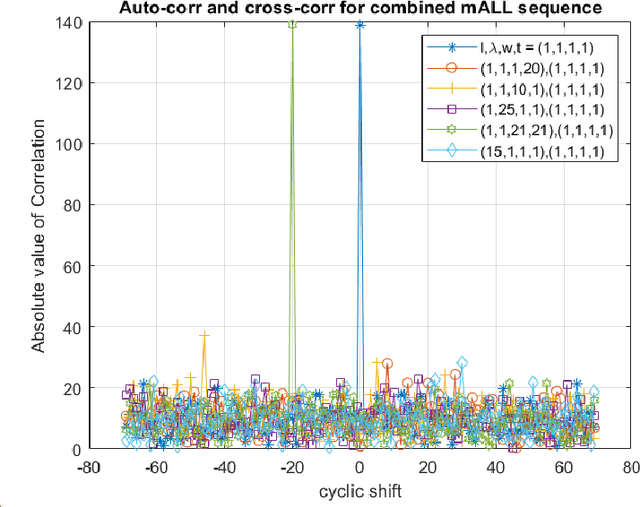
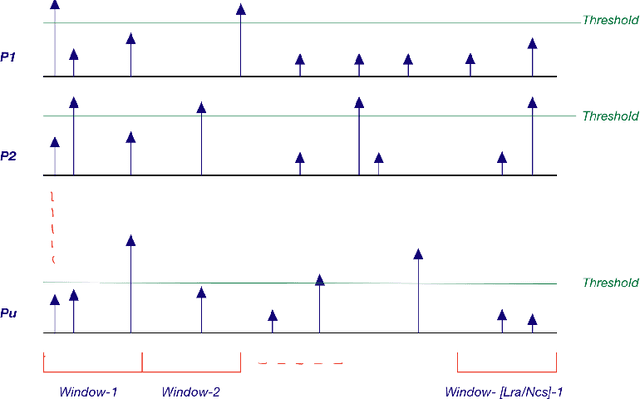
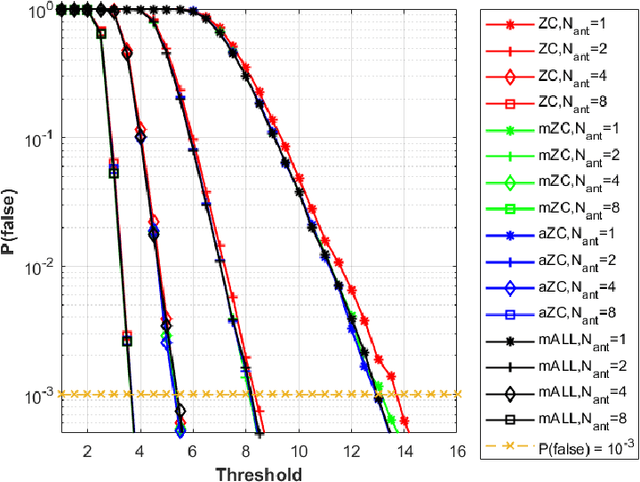
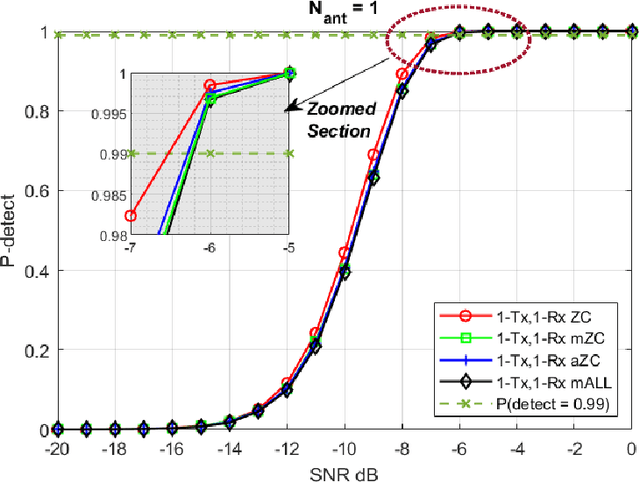
Abstract:The widely used Zadoff-Chu sequence (ZC sequence) for random access preamble in 5G has limitations in terms of the total number of preambles generated, forcing the reuse of preambles. Hence, the probability of collision of preambles of UEs increase, resulting in the failure of random access procedure. To truly qualify beyond 5G networks as green technology, the preamble capacity should be increased without sacrificing energy efficiency. In this paper, we propose a new candidate preamble sequence called $mALL$ sequence using the concept of cover sequences to achieve higher preamble capacity without degrading the power efficiency and hence minimizing device's carbon footprint. We compare the performance of $mALL$ sequence with Zadoff-Chu sequence and other sequences in the literature, such as $mZC$ and $aZC$ sequences. We evaluate the performance of the preamble sequences in terms of periodic correlation, detection probability and the effect of diversity combining. Also, this paper explores the Peak to Average Power Ratio (PAPR) and Cubic Metric(CM) for these sequences, as these are essential parameters to evaluate energy efficiency. We show that the preamble capacity of the proposed $mALL$ sequence is $10^{4}$ times higher than that of legacy ZC sequence without any deterioration in the detection performance.
CDMA for Underwater Acoustic Communication
Nov 20, 2021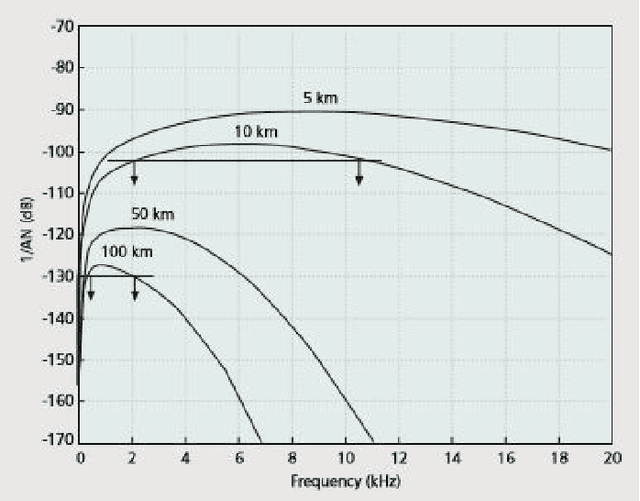
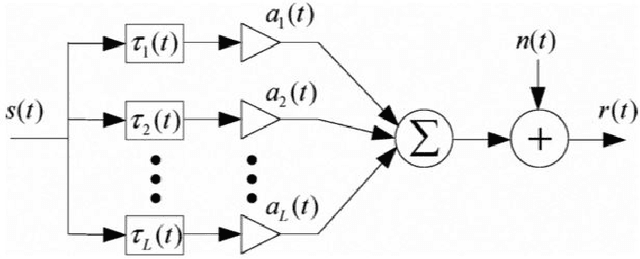
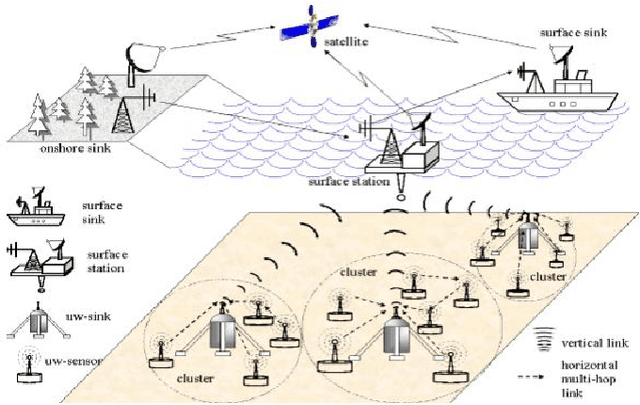
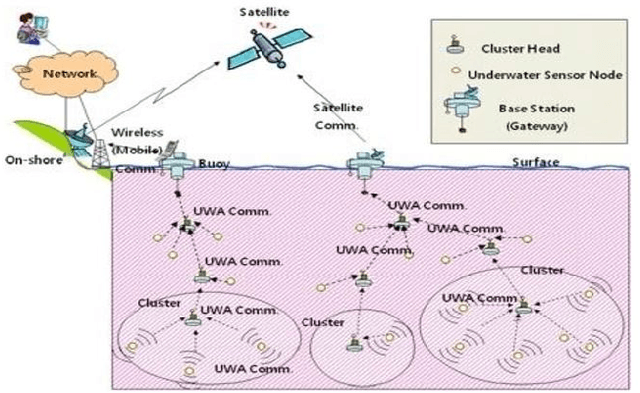
Abstract:This paper provides an overview of how and why acoustic waves are important for underwater communication when compared with radio and optical waves, underwater acoustic channel, it's characteristics and model. Also about the underwater sensor architecture, challenges faced by sensor nodes in the network and Media Acess Control(MAC) protocol solutions for them. This paper also describes about the various communication approaches including channel coding in underwater and their performance analysis for different approaches used. Through these approaches, multiple underwater vehicles can communicate among themselves as well as with the console with minimal Bit Error Rate.
 Add to Chrome
Add to Chrome Add to Firefox
Add to Firefox Add to Edge
Add to Edge